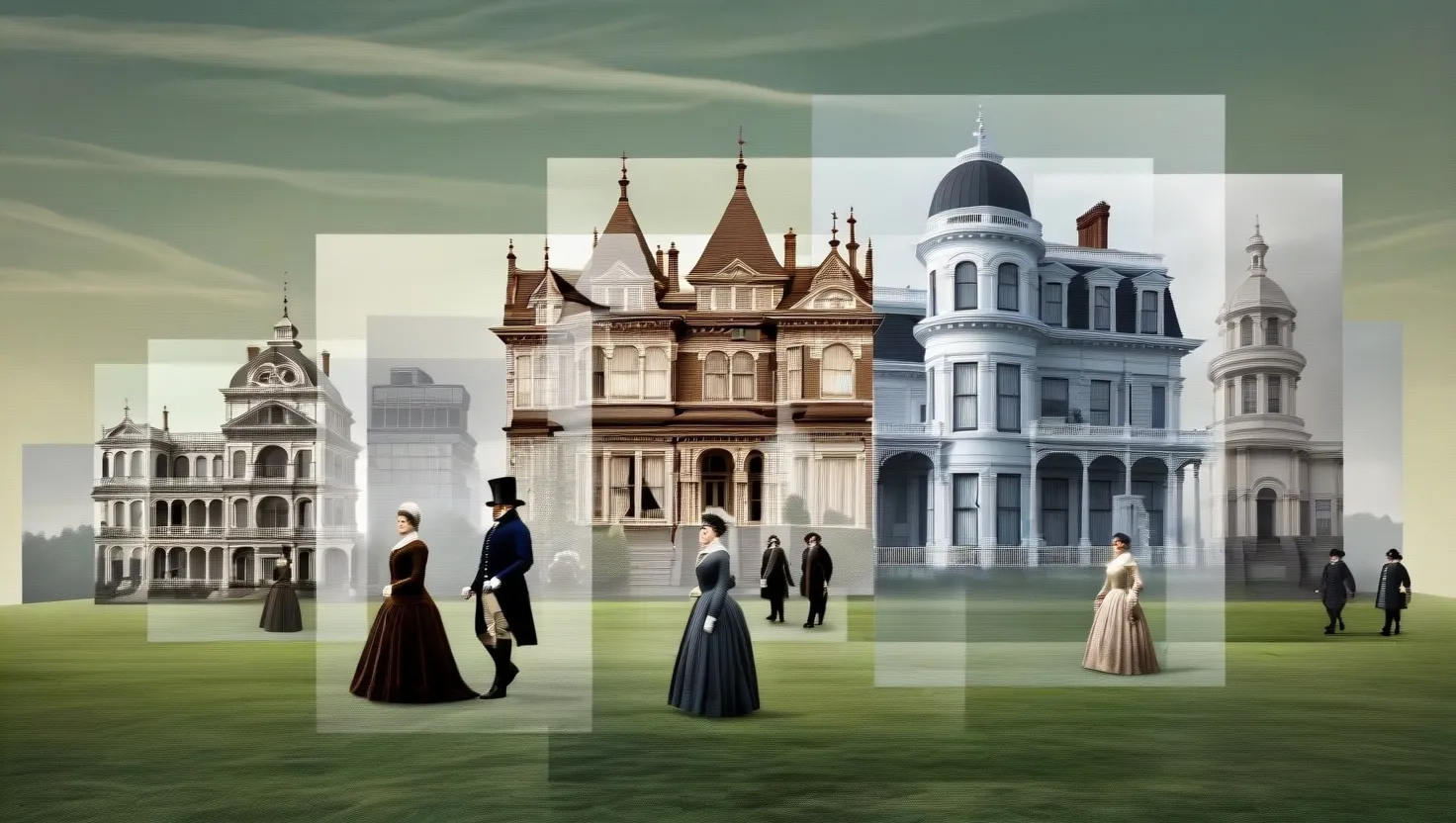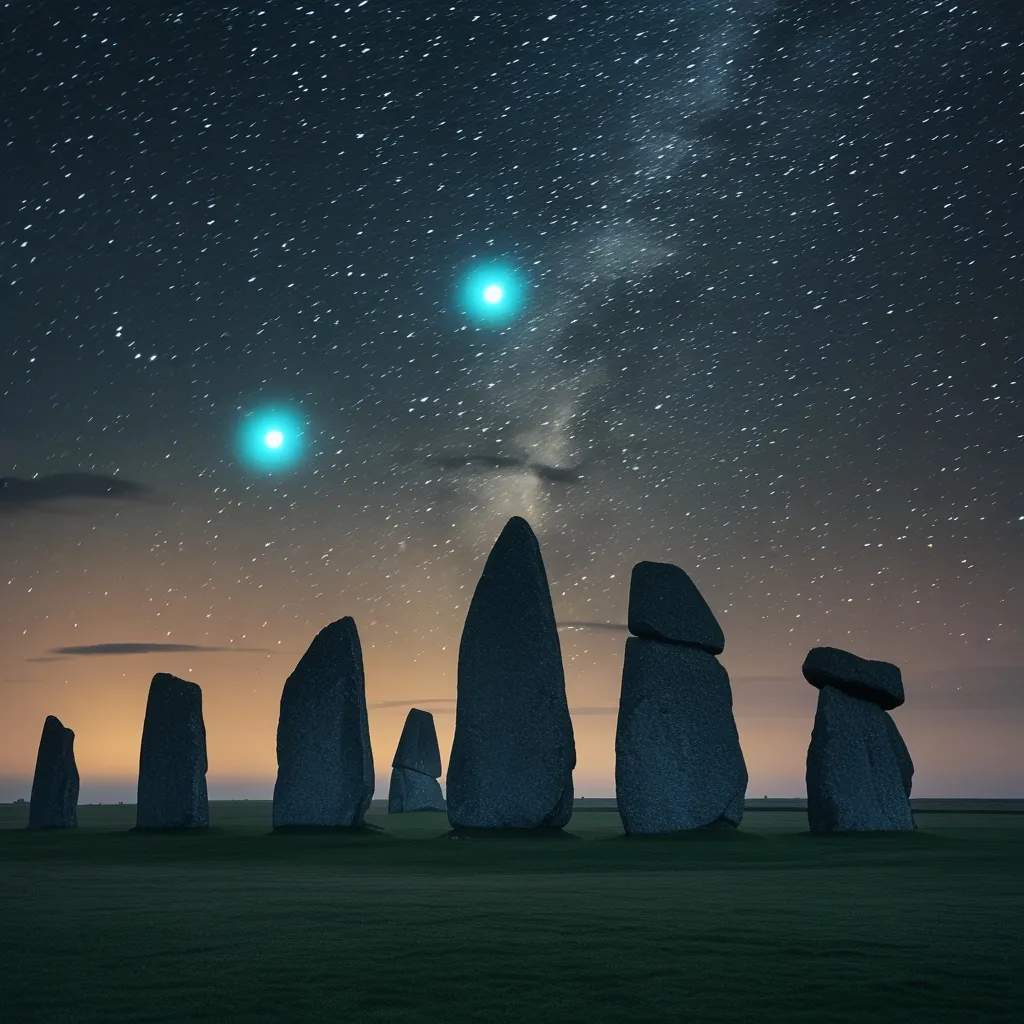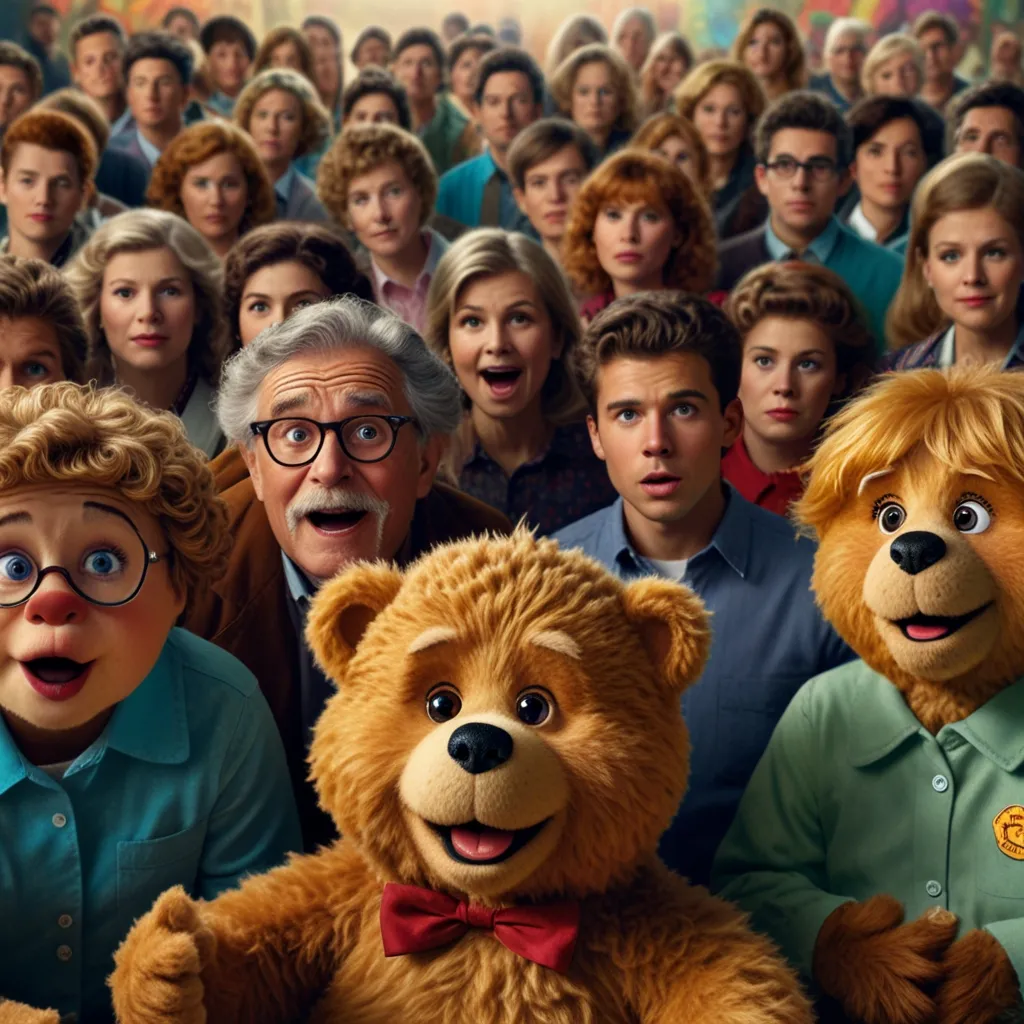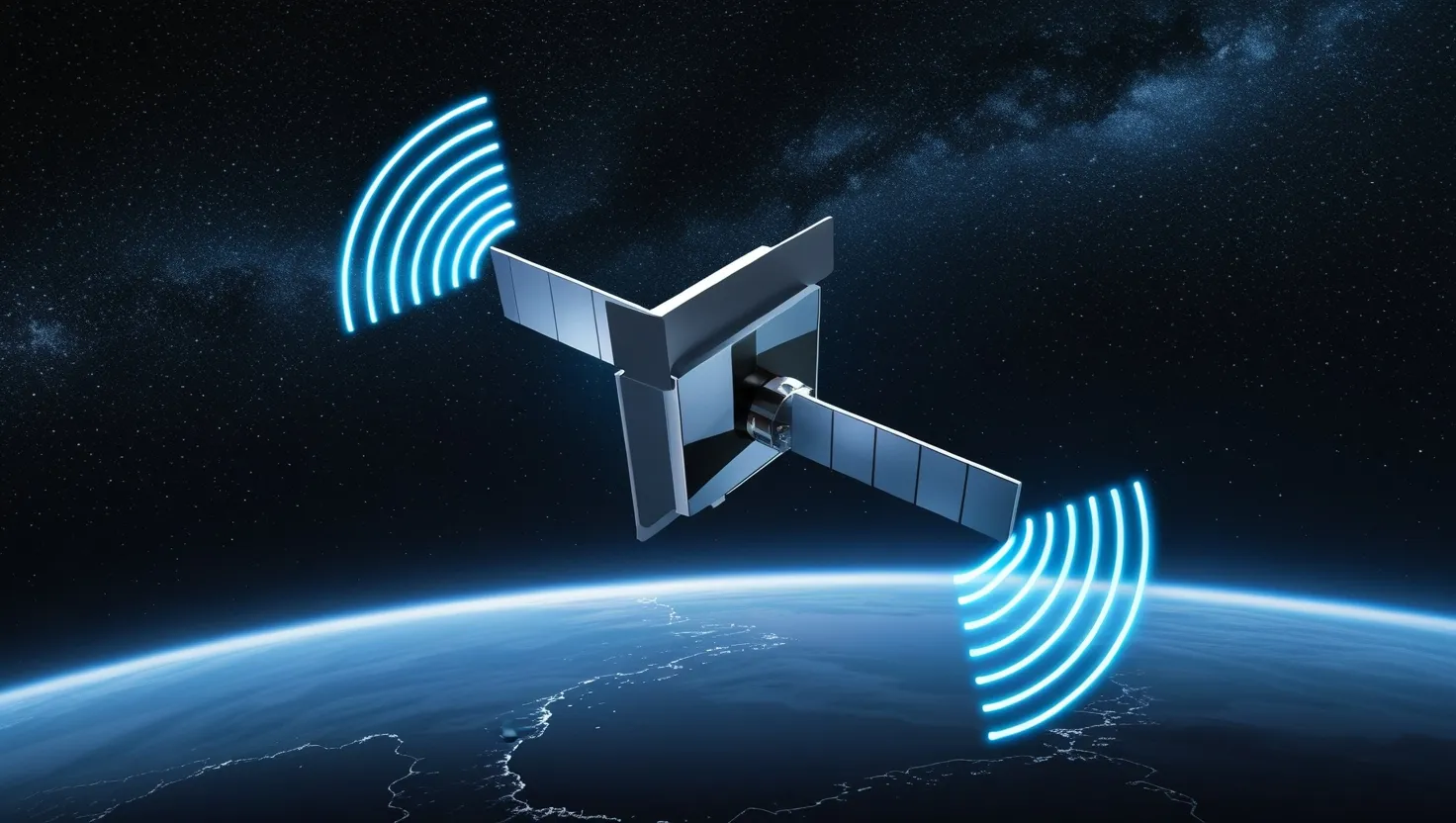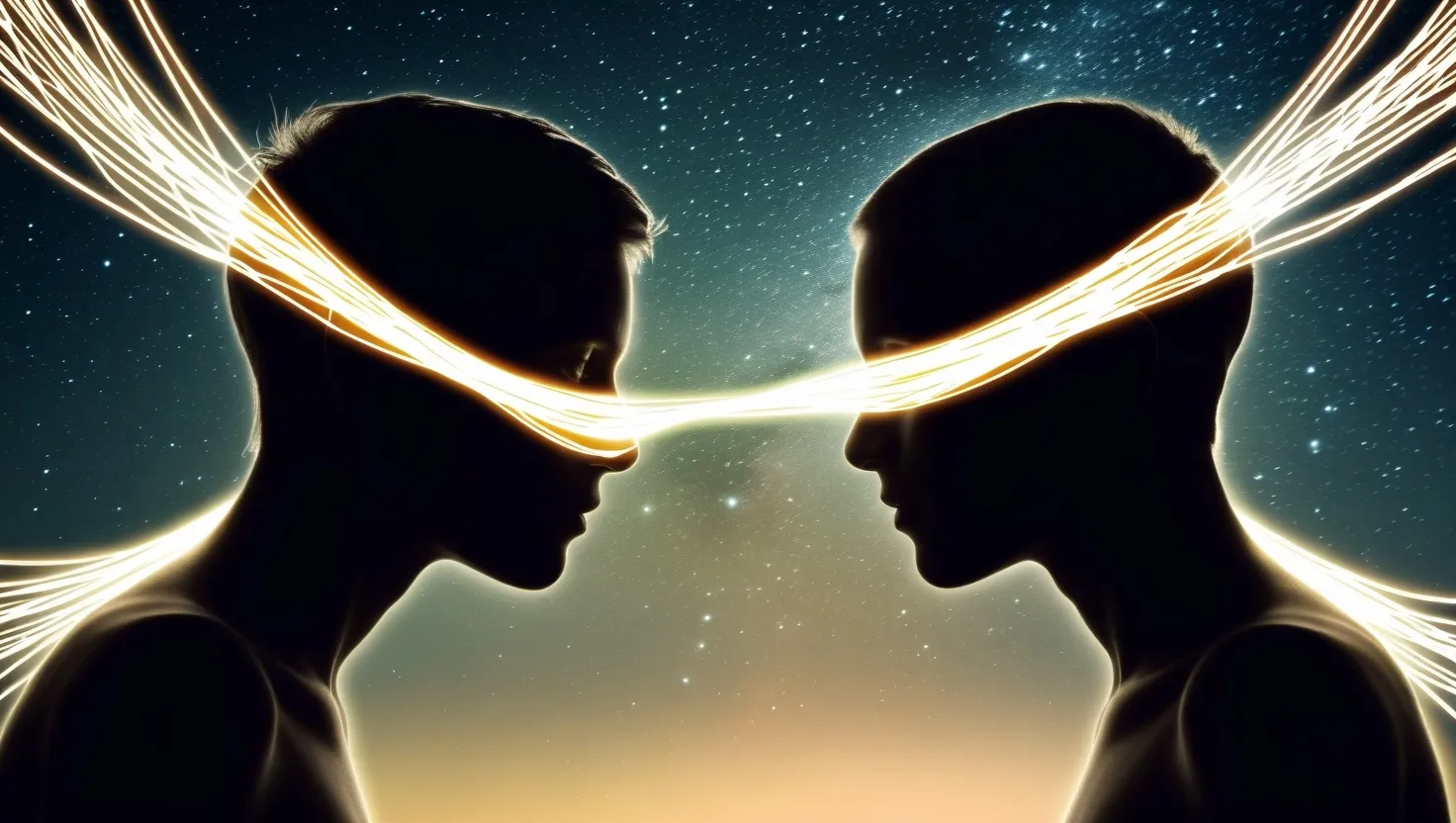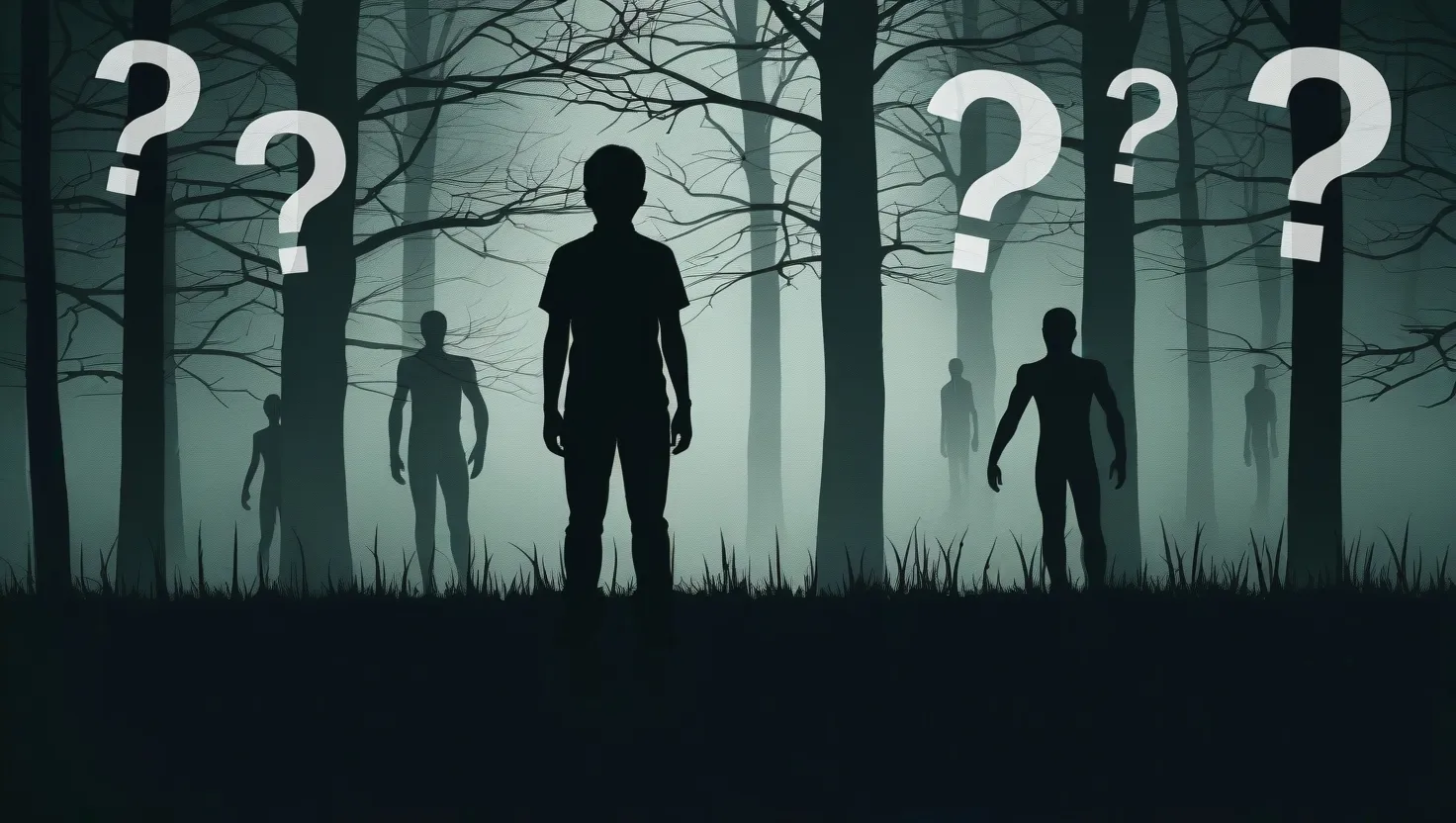Time slips, those mysterious and often inexplicable events where individuals seem to traverse through time, have long fascinated both the scientific community and the general public. These incidents, while sometimes dismissed as mere fantasies or misinterpretations, offer a glimpse into the complexities and potential fluidity of our understanding of time and reality.
Let’s start with one of the most famous time slip cases: the Versailles time slip of Charlotte Moberly and Eleanor Jourdain. In 1901, these two British women claimed to have experienced a strange and unexplainable event while visiting the Petit Trianon at the Palace of Versailles. They reported seeing people in 18th-century clothing and even encountering a woman who resembled Marie Antoinette. This incident has been the subject of much debate, with some attributing it to a vivid imagination or a shared hallucination, while others see it as a genuine time slip.
“As we walked along the path, we suddenly felt as though we had stepped back into the past,” one of the women recounted. This feeling of being transported to another era is a common theme in many time slip stories.
Another intriguing case is the Kersey village incident in Suffolk, England. In 1957, three naval cadets on a map-reading exercise stumbled upon what appeared to be a deserted medieval village. The cadets described seeing old-fashioned buildings and people in period clothing, only to find that the village was modern and bustling when they returned. This incident raises questions about the nature of time and whether it can be distorted in certain locations.
Imagine walking through a familiar place and suddenly finding yourself in a different time. It’s a concept that challenges our linear understanding of time and space. As the physicist Albert Einstein once said, “Time is what we want most, but what we use worst.”
The Boeing 727 flight that allegedly landed 10 minutes before it took off is another bizarre incident that has garnered significant attention. While this story may sound like the stuff of science fiction, it highlights the complexities of time and how our perception of it can be manipulated. However, this incident is often disputed and lacks concrete evidence, leaving it in the realm of urban legend.
In Liverpool, there is the Bold Street time slip, where several people have reported seeing Victorian-era shops and pedestrians on a street that is now modern and bustling. This phenomenon has been described as if the past and present coexist in the same space, blurring the lines between different eras.
What if time is not as fixed as we think? What if certain locations or events can create temporary rifts in the fabric of time? These questions are at the heart of time slip theories and continue to intrigue both scientists and the general public.
The Oklahoma City time traveler incident involves a man who claimed to have traveled from the year 2000 back to the 1950s. His story, though unverified, includes detailed descriptions of life in the past, which some argue could only be known by someone who had actually lived through that era. This case, like many others, leaves us wondering about the possibility of time travel and the implications it would have on our understanding of reality.
In Japan, there is the story of a soldier who claimed to have traveled to the future. During World War II, he reported finding himself in a modern city, surrounded by technology and people he could not understand. This story, though anecdotal, adds to the rich tapestry of time slip narratives that continue to fascinate us.
As we delve into these enigmatic time slips, we are forced to confront the limits of our current understanding of time and space. The concept of parallel universes or time warps becomes more plausible, even if they remain purely speculative.
“The distinction between past, present, and future is only a stubbornly persistent illusion,” Einstein once said. This quote encapsulates the essence of time slips – they challenge our conventional view of time, suggesting that it might be more fluid and malleable than we ever imagined.
So, what do these incidents tell us about reality? Do they offer a glimpse into a world beyond our own, or are they simply the result of misperception and imagination? The answers, much like the incidents themselves, remain shrouded in mystery.
As we continue to explore these enigmatic time slips, we are reminded that our understanding of time is still evolving. Whether these events are real or imagined, they inspire us to think beyond the boundaries of what we currently know, pushing the frontiers of our knowledge and our imagination.
In the end, time slips are not just curious anecdotes but windows into the complexities of time and reality. They invite us to question, to speculate, and to explore the unknown, reminding us that, despite our advancements, there is still much we do not understand about the world around us.
